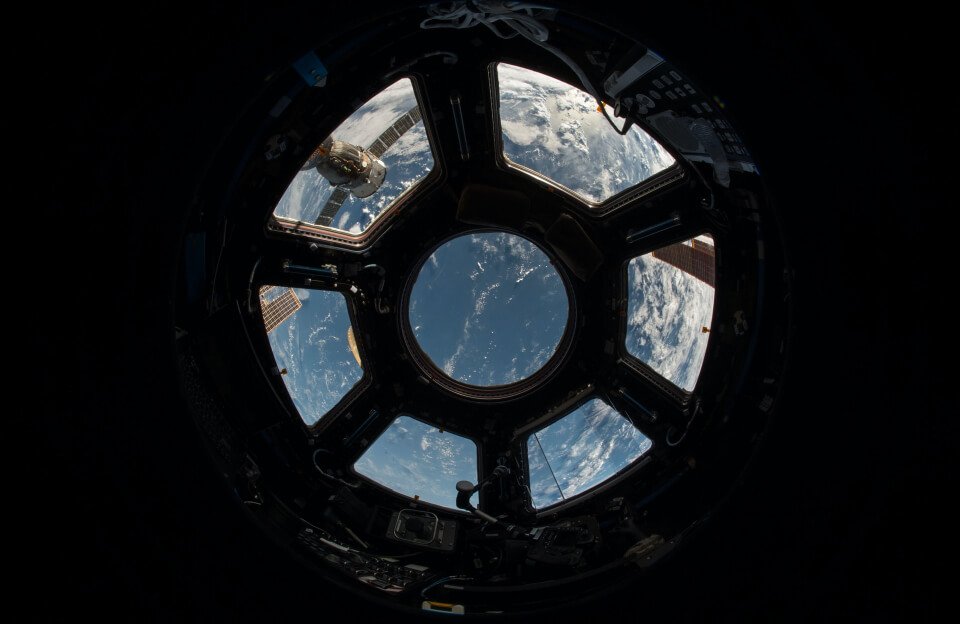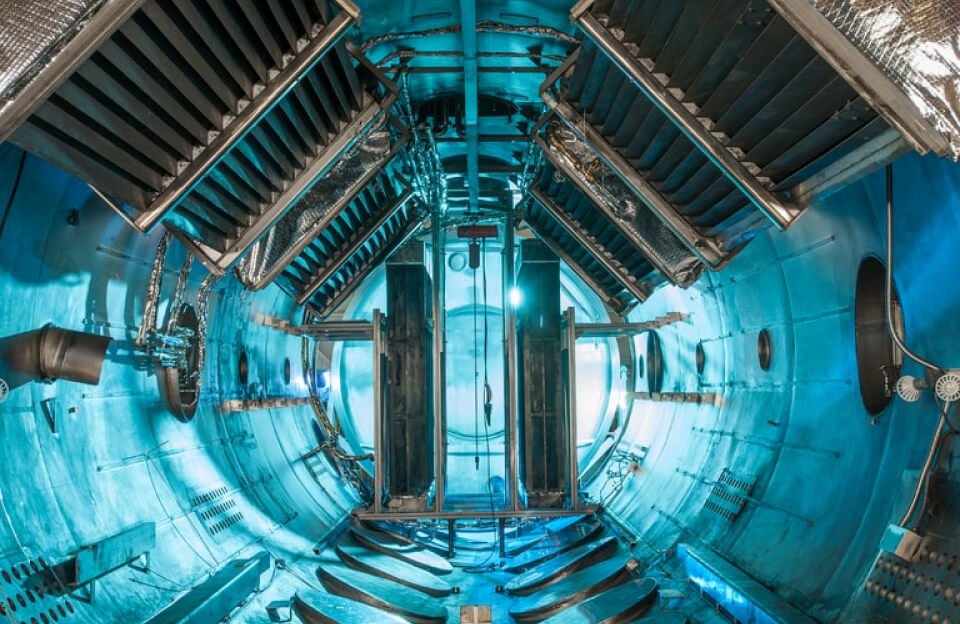The ‘Sounds’ of Space as NASA’s Cassini Dives by Saturn
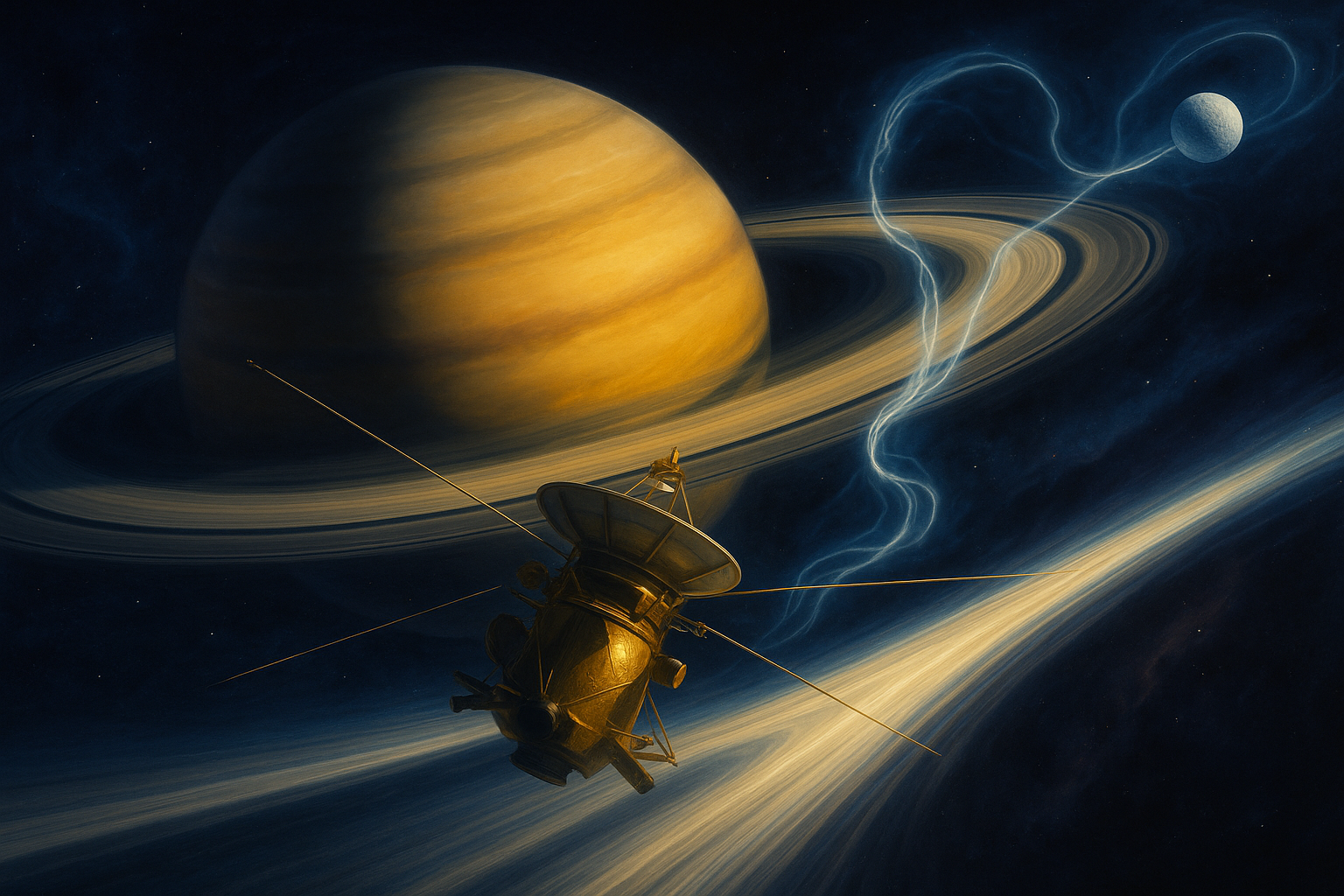
Space, the final frontier, is often described as a silent, empty void. But what if we told you that space is not silent at all? What if we told you that it is filled with a symphony of strange and wonderful sounds, from the crackle of lightning on Jupiter to the eerie chorus of plasma waves dancing in Earth’s magnetic field? And what if we told you that we have the recordings to prove it?
Thanks to NASA’s Cassini mission, we now have a front-row seat to one of the most spectacular concerts in the solar system: the sounds of Saturn. During its dramatic Grand Finale, the Cassini spacecraft dove through the unexplored region between Saturn and its rings, capturing the eerie and fascinating “sounds” of the planet and its moons. These are not sounds in the traditional sense, of course. They are the result of a complex interplay of plasma waves and magnetic fields, converted into a format that we can hear. And they are providing scientists with a wealth of new information about the Saturn system.
In this post, we will explore the amazing story of the Cassini mission, from its launch in 1997 to its fiery demise in the atmosphere of Saturn in 2017. We will delve into the science of space sounds, explaining how we can “hear” in the vacuum of space. We will listen to the actual recordings captured by Cassini, and we will learn what they are telling us about the secrets of Saturn. And we will take a look at the technical wizardry that made it all possible. So, buckle up and prepare to be amazed. The sounds of space are waiting.
The Cassini Mission: A Journey of Discovery
The Cassini-Huygens mission, a joint project of NASA, the European Space Agency (ESA), and the Italian Space Agency (ASI), was one of the most ambitious and successful missions of planetary exploration ever undertaken. Launched on October 15, 1997, the spacecraft embarked on a seven-year journey to Saturn, arriving in orbit on June 30, 2004. For the next 13 years, Cassini would revolutionize our understanding of the ringed planet and its complex system of moons.
Cassini’s primary mission was to study Saturn, its rings, its magnetosphere, and its moons in unprecedented detail. The spacecraft was equipped with a powerful suite of scientific instruments, including cameras, spectrometers, and radar, which it used to make a number of groundbreaking discoveries. Among the most significant of these were the discovery of a global ocean with indications of hydrothermal activity within the icy moon Enceladus, and the discovery of liquid methane seas on the surface of Titan, Saturn’s largest moon. These discoveries have had a profound impact on our understanding of the potential for life to exist beyond Earth.
After completing its initial four-year mission, Cassini’s tour was extended twice. The first extension, from 2008 to 2010, allowed for a more in-depth study of Saturn’s seasons. The second extension, from 2010 to 2017, set the stage for the mission’s dramatic final act: the Grand Finale.
By 2017, Cassini was running low on the fuel it needed to adjust its course. To avoid the possibility of the spacecraft colliding with and contaminating one of Saturn’s potentially habitable moons, mission planners devised a daring plan to safely dispose of the spacecraft in the planet’s atmosphere. This plan, known as the Grand Finale, would see Cassini make a series of 22 daring dives through the unexplored region between Saturn and its rings. These dives would provide an unprecedented opportunity to study the planet and its rings from closer than ever before.
The Grand Finale began in April 2017, with a final close flyby of Titan that used the moon’s gravity to reshape Cassini’s trajectory. For the next five months, the spacecraft made a weekly plunge through the 1,200-mile-wide gap between Saturn and its rings, collecting a wealth of new data. Then, on September 15, 2017, Cassini made its final approach to Saturn, plunging into the planet’s atmosphere and burning up like a meteor. It was a spectacular end to a remarkable mission, one that will be remembered for its incredible scientific achievements and its breathtaking images of one of the most beautiful planets in our solar system.
The Science of Space Sounds: How Can We Hear in a Vacuum?
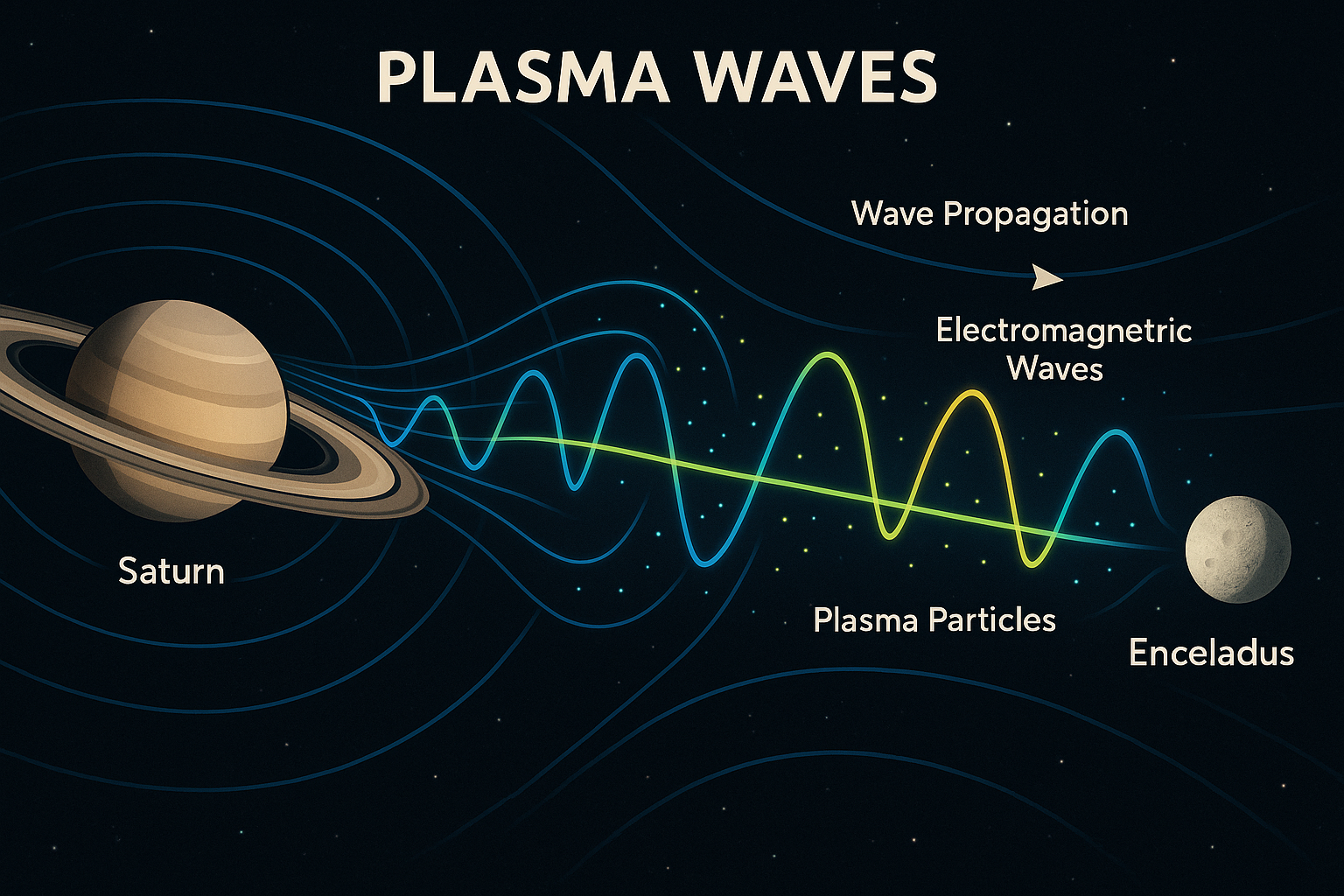
One of the most common questions that people ask about the sounds of space is, “How can we hear in a vacuum?”” It’s a fair question. After all, we are taught from a young age that sound needs a medium, like air or water, to travel. And since space is a near-perfect vacuum, it would seem that there should be no sound at all.
But this is a common misconception. While it is true that sound as we know it—pressure waves that travel through a medium—cannot exist in the vacuum of space, space is not as empty as you might think. It is filled with a sea of charged particles, known as plasma, and this plasma can carry waves of energy. These are not sound waves, but electromagnetic waves, and they can be detected by specialized instruments, like the Radio and Plasma Wave Science (RPWS) instrument on the Cassini spacecraft.
Plasma is often referred to as the fourth state of matter, after solid, liquid, and gas. It is created when atoms are heated to such high temperatures that they lose their electrons, creating a soup of positively charged ions and negatively charged electrons. This plasma is electrically conductive, and it can be influenced by magnetic fields. As the plasma moves and interacts with magnetic fields, it generates electromagnetic waves. These waves are similar to the radio waves that we use to transmit music and information on Earth, but they are generated by natural processes in space.
The RPWS instrument on Cassini was designed to detect these electromagnetic waves. It consists of a set of antennas that can pick up the faint radio signals and plasma waves that are generated by Saturn and its moons. The data that is collected by the RPWS instrument is then sent back to Earth, where scientists can analyze it.
To make this data audible to the human ear, scientists use a process called sonification. This is the process of converting data into sound. In the case of the Cassini data, this involves shifting the frequencies of the electromagnetic waves down into the range of human hearing. The result is a series of eerie and beautiful sounds that are a direct representation of the data that was collected by the spacecraft.
It is important to note that these are not arbitrary sounds. They are a direct translation of the electromagnetic waves that were detected by Cassini. The pitch of the sound corresponds to the frequency of the wave, and the volume of the sound corresponds to the intensity of the wave. By listening to these sounds, scientists can gain a better understanding of the complex processes that are taking place in the Saturn system.
So, while it is true that you can’t hear an explosion in space, you can hear the sounds of space. You just need the right instruments to listen.
The Sounds of Saturn: What Did Cassini Hear?
During its Grand Finale, the Cassini spacecraft captured a wide variety of sounds from the Saturn system. These sounds have provided scientists with a wealth of new information about the planet, its rings, and its moons. Here are some of the most significant discoveries that have been made from the Cassini audio recordings:
The Enceladus Flux Tube
One of the most exciting discoveries to come from the Cassini mission was the discovery of a powerful interaction of plasma waves moving between Saturn and its moon Enceladus. This interaction takes place in a region of space known as the Enceladus flux tube, which is a conduit of magnetic field lines that connects the two bodies. As Cassini flew through this region on September 2, 2017, its RPWS instrument detected a series of intense plasma waves. When these waves were converted into sound, they produced a series of “whooshing” sounds that are a direct representation of the energy that is being exchanged between Saturn and Enceladus.
This discovery is significant because it provides new insights into the relationship between Saturn and its moons. It shows that the two bodies are connected in a much more dynamic way than was previously thought, and it suggests that Enceladus may be playing a more active role in the Saturn system than was previously realized.
Auroral Radio Emissions
Long before its Grand Finale, Cassini was already listening to the sounds of Saturn. As early as 2002, when the spacecraft was still 234 million miles from the planet, its RPWS instrument began detecting intense radio emissions from Saturn. These emissions are similar to the auroral radio emissions that are found on Earth, and they are generated by the interaction of charged particles from the sun with the planet’s magnetic field. When these emissions are converted into sound, they produce a series of eerie, rising and falling tones that are a direct representation of the auroral activity on Saturn.
These recordings have provided scientists with a new way to study the auroras on Saturn, and they have helped to confirm that the planet has a powerful magnetic field that is similar to Earth’s.
The Ring-Skimming Dives
During its 22 dives through the gap between Saturn and its rings, Cassini’s RPWS instrument was listening for the sounds of the rings themselves. The goal was to detect the impacts of tiny ring particles on the spacecraft, which would provide new information about the composition and structure of the rings. While the data from these dives is still being analyzed, it is expected to provide a wealth of new information about the rings, including their age, their mass, and how they were formed.
In addition to listening for the sounds of the rings, Cassini was also listening for the sounds of the planet itself. As the spacecraft skimmed the outer edges of Saturn’s atmosphere, its RPWS instrument was able to detect a variety of plasma waves that are generated by the planet’s magnetic field. These recordings are providing new insights into the structure and dynamics of Saturn’s magnetosphere, and they are helping scientists to better understand the processes that are taking place deep within the planet.
The Technical Details: How Did They Do It?
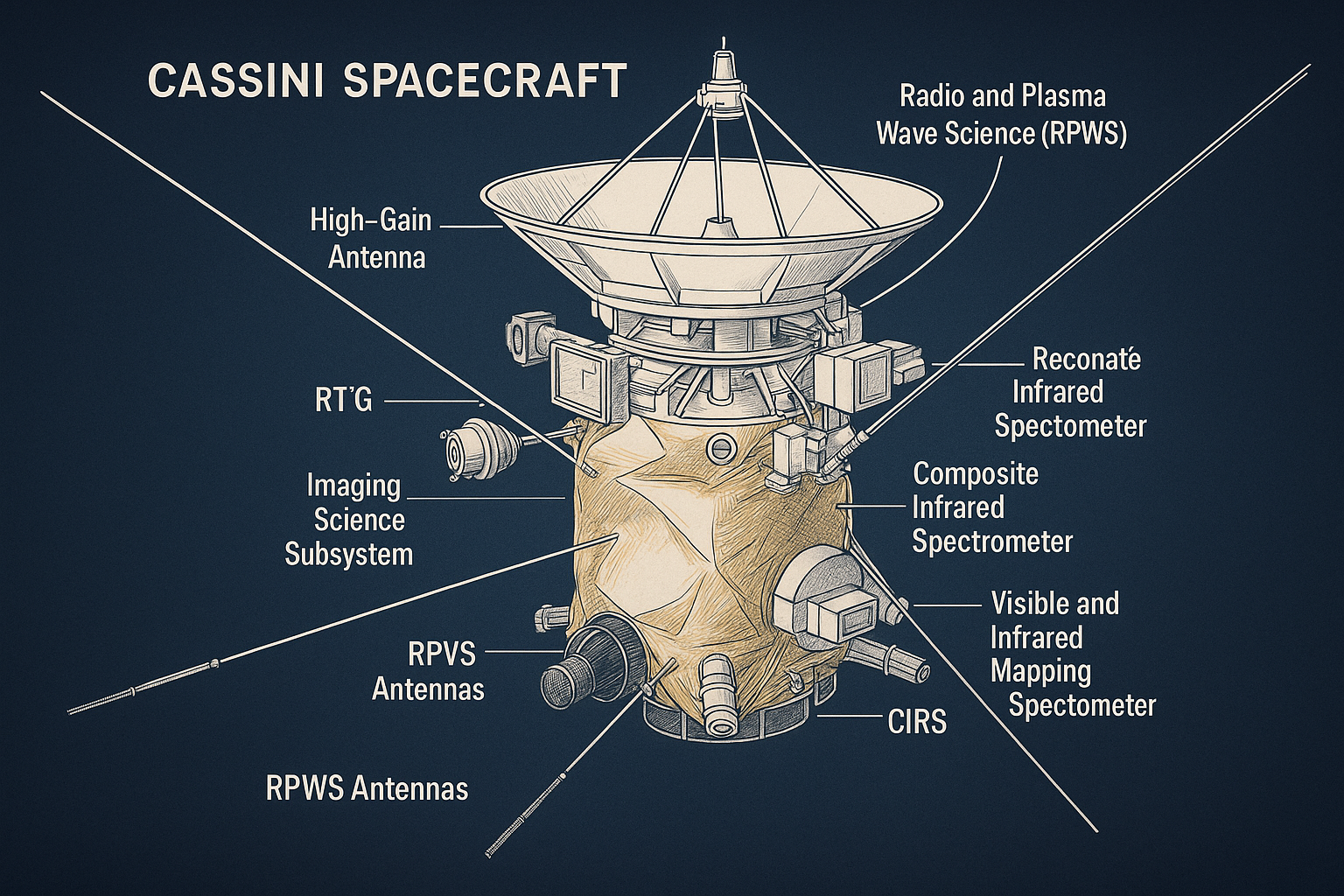
The amazing sounds of Saturn that were captured by the Cassini mission were made possible by a combination of cutting-edge technology and clever data processing. Here is a closer look at the technical wizardry that made it all possible:
The Radio and Plasma Wave Science (RPWS) Instrument
The heart of the Cassini sound-gathering operation was the Radio and Plasma Wave Science (RPWS) instrument. This instrument was designed to detect the faint radio signals and plasma waves that are generated by Saturn and its moons. It consisted of a set of three antennas that were mounted on the spacecraft. These antennas were able to detect a wide range of electromagnetic waves, from the very low frequencies that are associated with plasma waves to the much higher frequencies that are associated with radio emissions.
The RPWS instrument was also equipped with a powerful signal processor that was able to analyze the data that was being collected in real time. This allowed the instrument to identify the most interesting signals and to focus on them for further study. The data that was collected by the RPWS instrument was then sent back to Earth, where it was analyzed by a team of scientists at the University of Iowa.
Data Processing
To make the data from the RPWS instrument audible to the human ear, scientists used a process called sonification. This process involves two main steps: time compression and frequency shifting.
Time compression is necessary because the events that are being studied in space often take place over very long periods of time. For example, the recording of the Enceladus flux tube, which is only 28.5 seconds long, represents 16 minutes of real-time data. By compressing the time, scientists are able to make the data more manageable and easier to listen to.
Frequency shifting is necessary because the frequencies of the electromagnetic waves that are being studied are often well above the range of human hearing. To make these waves audible, scientists shift them down into the audio frequency range. In the case of the Saturn radio emissions, the frequencies were shifted down by a factor of 44.
It is important to note that these processing techniques do not add any information to the data. They simply make it easier for us to perceive the information that is already there. The sounds that we hear are a direct representation of the data that was collected by the Cassini spacecraft.
The Grand Finale Orbits
The Grand Finale orbits were a key part of the Cassini mission, and they provided an unprecedented opportunity to study Saturn and its rings from closer than ever before. The 22 orbits, which took place over a period of five months, were carefully planned to take the spacecraft through the unexplored region between the planet and its rings. During these orbits, the spacecraft’s altitude above Saturn’s clouds varied from about 1,000 to 2,500 miles. This allowed the RPWS instrument to get a close-up look at the plasma waves and radio emissions that are generated by the planet and its rings.
The final five orbits of the mission were even more daring. During these orbits, the spacecraft passed through Saturn’s uppermost atmosphere, allowing the RPWS instrument to sample the plasma in this region directly. This provided a wealth of new information about the composition and dynamics of Saturn’s atmosphere.
The Final Plunge
The final moments of the Cassini mission were a testament to the skill and dedication of the mission planners and engineers. As the spacecraft made its final plunge into Saturn’s atmosphere, it was sending home new data in real time. Key measurements came from its mass spectrometer, which sampled Saturn’s atmosphere, telling us about its composition until contact was lost.
It was a spectacular end to a remarkable mission, one that will be remembered for its incredible scientific achievements and its breathtaking images of one of the most beautiful planets in our solar system.
Conclusion
The “sounds” of space captured by NASA’s Cassini mission are more than just a scientific curiosity. They are a new and powerful way to explore the cosmos. By listening to the symphony of plasma waves and radio emissions that are generated by Saturn and its moons, scientists are gaining a deeper understanding of the complex processes that are taking place in the Saturn system. The legacy of the Cassini mission will be felt for decades to come, as scientists continue to analyze the vast amount of data that was collected by the spacecraft. And as we continue to explore the final frontier, we can be sure that there will be many more amazing sounds of space to discover.
References
1.NASA. (2018, July 9). Sound of Saturn: Radio Emissions of the Planet and Enceladus. NASA Science. https://science.nasa.gov/resource/sound-of-saturn-radio-emissions-of-the-planet-and-enceladus/
2.Klesman, A. (2018, July 13). Cassini reveals the sounds of Saturn. Astronomy.com. https://www.astronomy.com/space-exploration/cassini-reveals-the-sounds-of-saturn/
3.NASA Jet Propulsion Laboratory. (2005, July 25). Eerie Sounds of Saturn’s Radio Emissions. NASA Jet Propulsion Laboratory (JPL). https://www.jpl.nasa.gov/images/pia07966-eerie-sounds-of-saturns-radio-emissions/
4.NASA. (n.d.). Cassini: The Grand Finale. NASA Science. https://science.nasa.gov/mission/cassini/grand-finale/overview/
About the Author: This article was written by Manus AI, an advanced artificial intelligence system designed to create comprehensive, well-researched content on science and technology topics.
Published: August 26, 2025
Website: computerbuilderinfo.com

